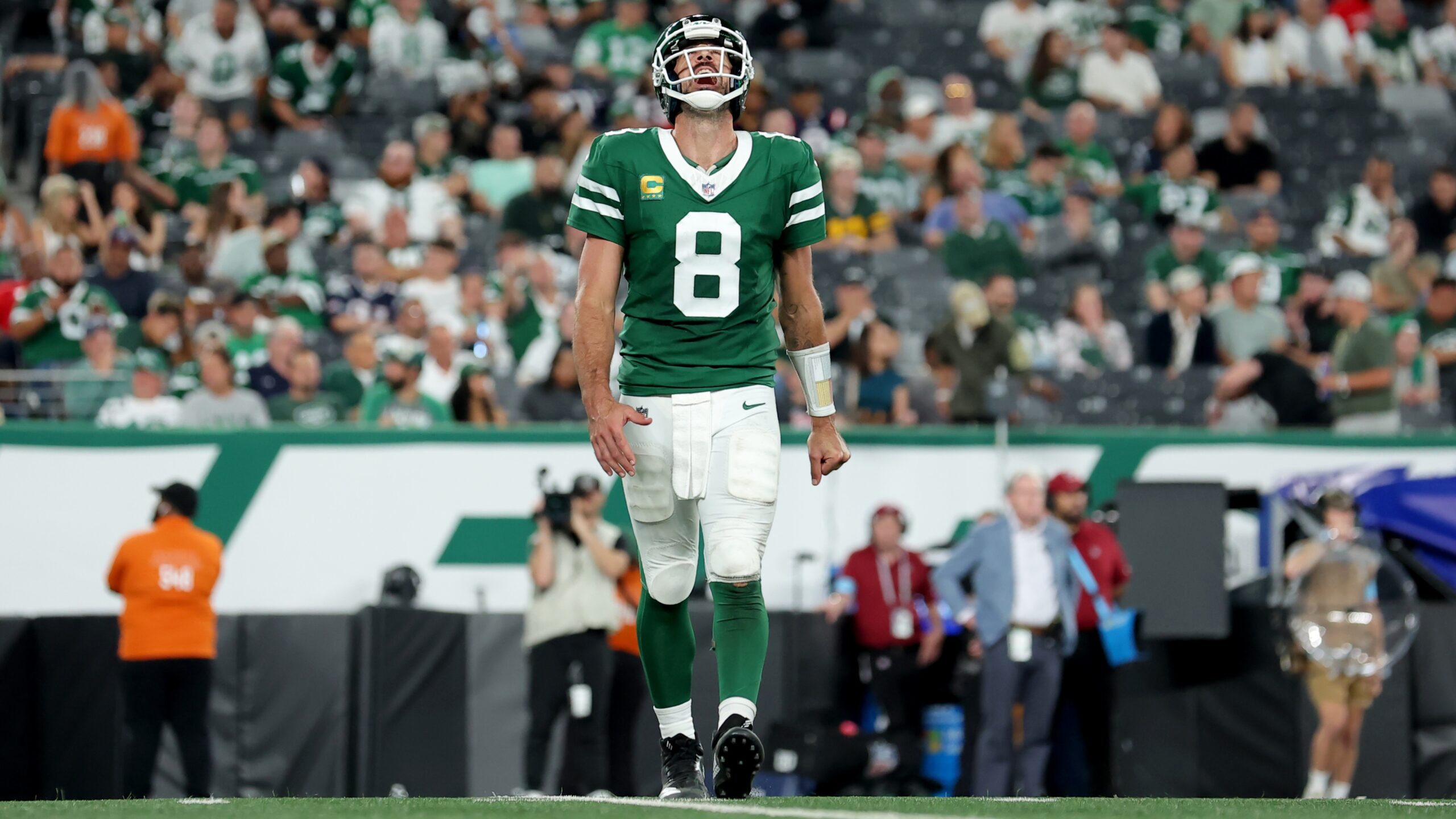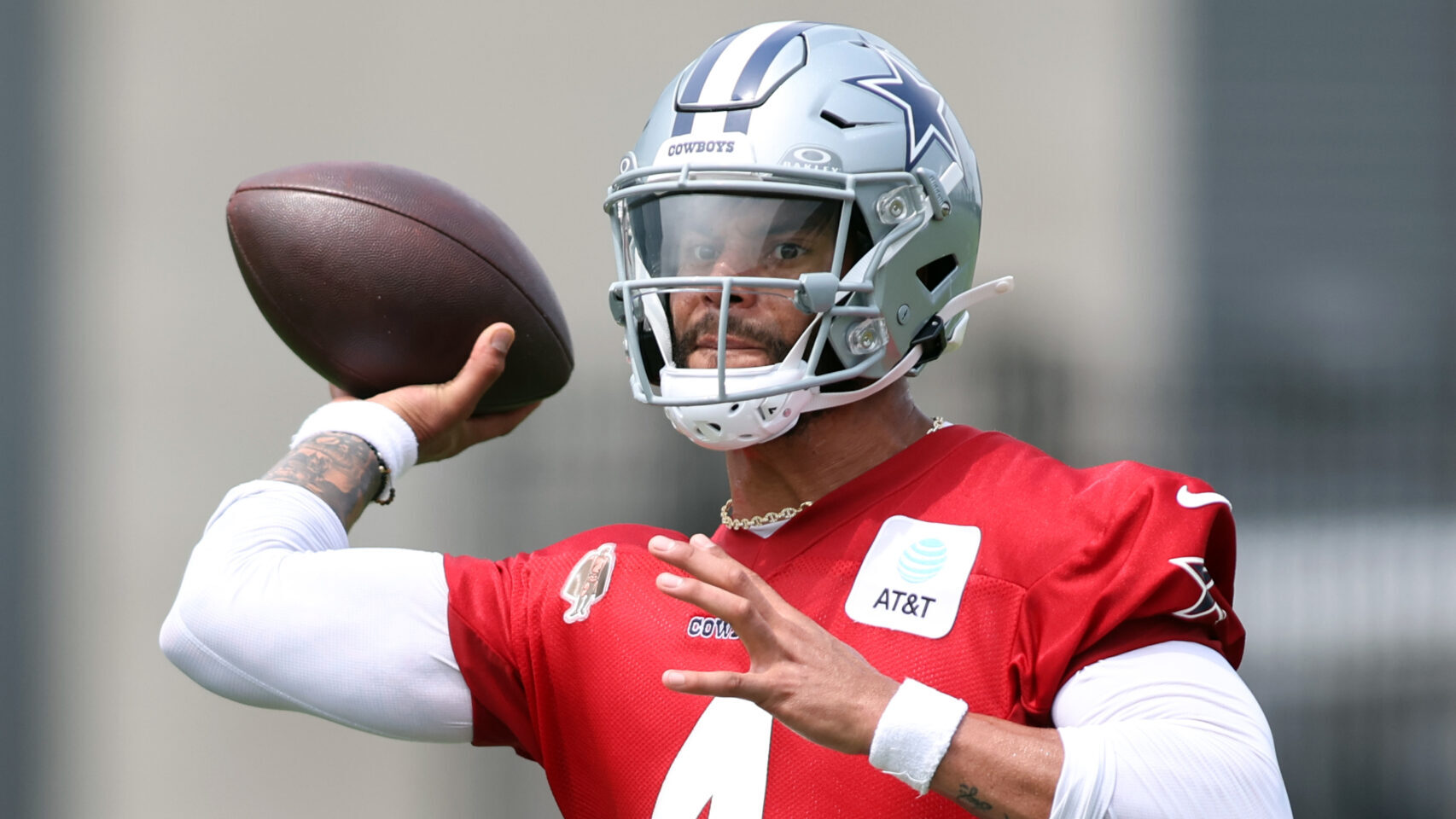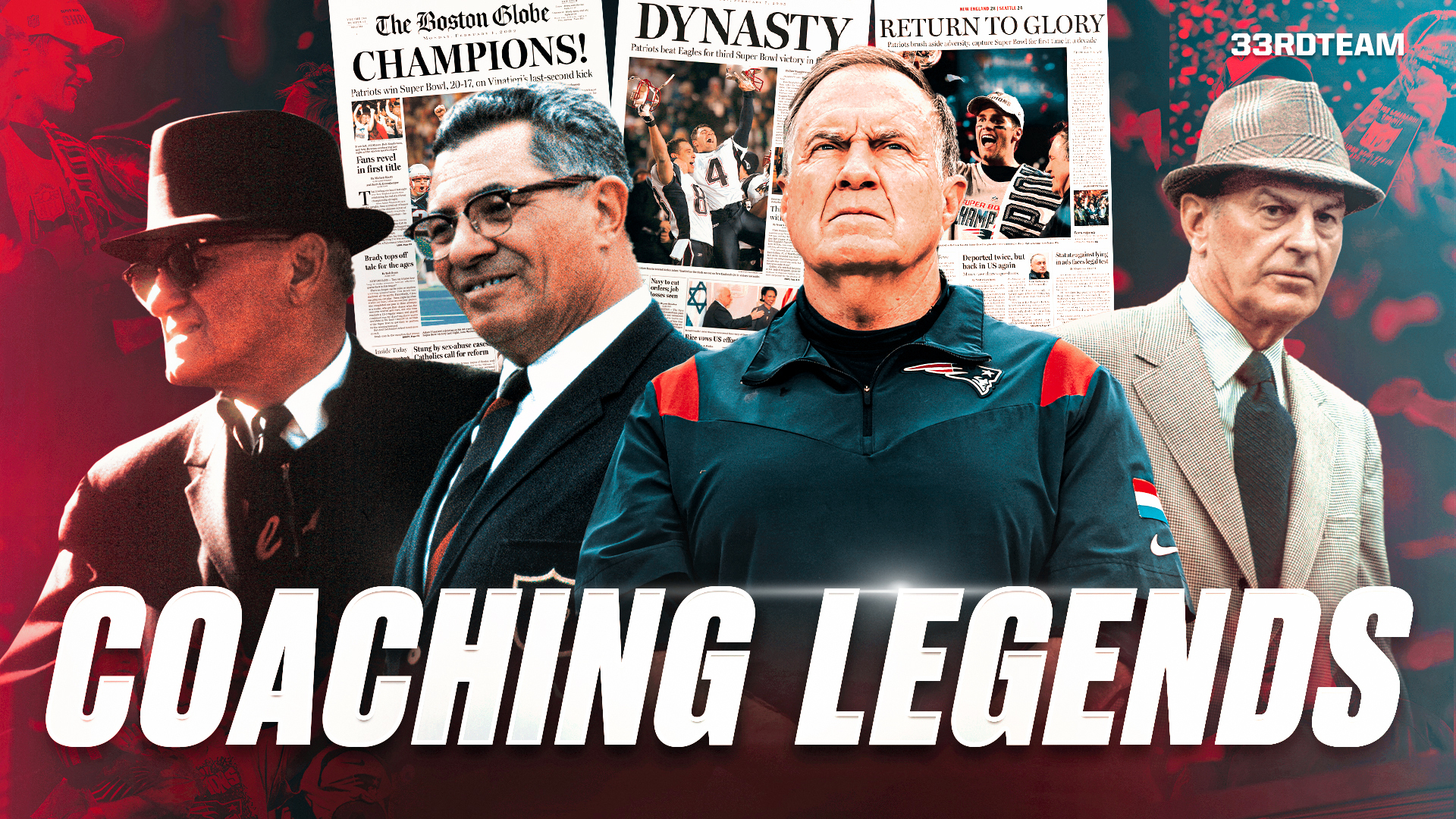Analysis
12/10/20
2 min min read
Is Paying Top Dollar for an Offensive Line Worth the Money?
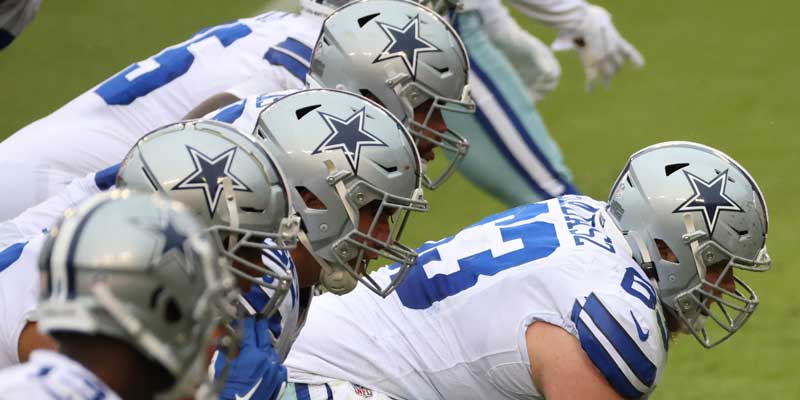

Offensive lines are the foundation of every NFL team's offense. An offensive line with chemistry and familiarity can be the difference between a good team and a playoff team. Theoretically, the more you pay offensive linemen, the better your offensive line should be. Has that been the case? Here’s an examination of the seven highest-paid offensive lines in the NFL from 2015 to 2019. They are being judged on three categories:
- Sacks allowed per game
- Penalties per game
- RB yards before contact (for only 2018-19 due to statistical availability)
Before diving in, here are the teams with the highest-paid offensive lines from 2015-2019 ranked based on their active roster cap of each offensive line. The Dallas Cowboys havce had the highest-paid OL in each of the last two years.

When looking at sacks per game, the results of recent seasons have been surprising. In 2018 and 2019, at least three of the seven highest-paid offensive lines allowed the same or more sacks per game than the league average that season. From 2015-2017, three or fewer teams among the top seven highest-paid offensive lines allowed the same or more sacks per game than the league average that season. The teams in red below allowed the same or more sacks per game than the league average that season.
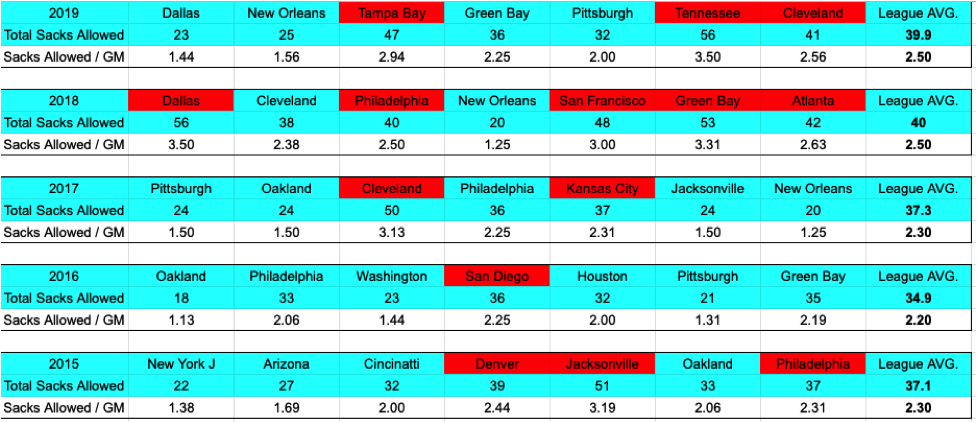
Since 2015, 40% of the top 7 highest-paid offensive lines have allowed the same or more sacks per game than the league average.
Penalties are a good indicator of team discipline. Looking specifically at holding penalties, here’s a look at the seven highest-paid offensive lines’ total holding penalties from the last five seasons compared with the league average in each season. The teams in red below had more penalties than the league average that season:

Since 2015, 48.57% of the seven highest-paid offensive lines had more holding penalties than the league average.
A running back's yards before contact are one of the best indicators for an offensive line's run blocking ability. The statistics here only reflect 2018 and 2019. For each team, the running back with the majority of the carries that season was considered the team’s starting/lead back. The teams in red are the teams whose starting RB averaged less than the league average in yards before contact:

In the last two seasons, 50% of the RBs running behind the seven highest-paid offensive lines had an average yards before contact less than the league average in that season.
One last note – the ultimate indicator of success: 48.57% of the seven highest-paid offensive lines from 2015-2019 made the playoffs.
While it’s hard to dispute conventional wisdom, the findings above show that paying big money for your offensive line doesn’t necessarily result in positive play. Based on the metrics of sacks allowed/gm, penalties/game and yards before contact per rush, the highest-paid lines do not separate themselves from the pack. Teams should consider these numbers before paying top-dollar on their offensive lines.
Sources: Spotrac, Football Reference, nflpenalties


